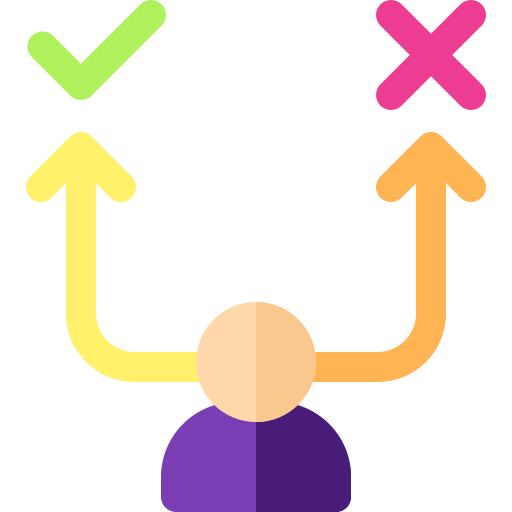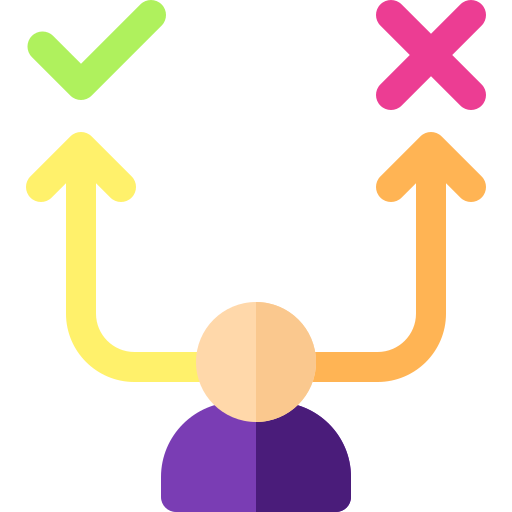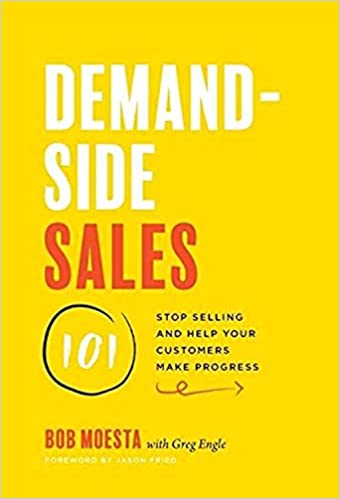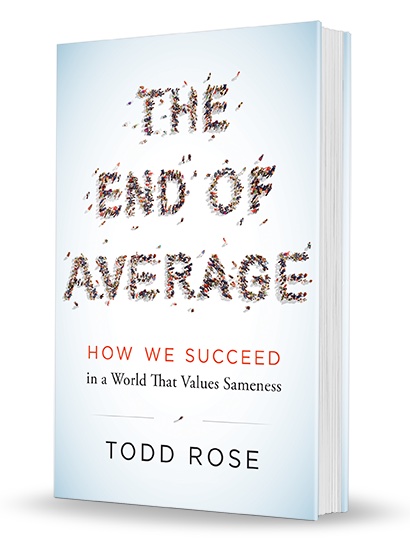This week I managed to get through to a buyer who had been ghosting me for a month. Even though we had a great first meeting, I knew there was no opportunity. We all hate losing, either to no decision or to the competition and that is why the meeting summary is such an important part of the modern sales process. Without a buyer's confirmation of agreement to your summary of the first meeting, there is no deal.
Losing to No Decision
The Jolt Effect, by Matt Dixon and Ted McKenna is garnering a lot of attention and rightly so as it documents the analysis of 2.5 million sales calls, the largest B2B sales data study since Neil Rackham’s research of 40,000+ sales calls documented in Spin Selling in1988.
The Jolt Effect (read my review), is all about judging and helping buyers to overcome their indecision around purchasing new technology.
According to the Jolt Effect research, moderate to high levels of buyer indecision are present in more than four out of five buying decisions, resulting in forecast deals lost to no decision of more than 50%, either because they preferred the status quo (44%) or could not reach a decision (56%).
Win rates of forecast deals from qualifying the prospect were found to be 26% across the study but I have read lately they have plummeted to less than 20% as no-decisions rise in uncertain times.
But what about the 25% or so of deals that are lost to the competition? What can we do to control this factor so that we are only spending our time on deals that we have the best chance of winning?
Losing to the Competition
Yesterday, when I managed to reengage a prospective client who had ghosted me since our first meeting – he told me he’d gone with another vendor. I was not at all surprised.
Despite having a good first meeting, I did not forecast the deal and it was not marked as a qualified opportunity because the buyer failed to agree and respond to our meeting summary and would not meet briefly in the days after our meeting to set a date for a second meeting.
This was not a qualified opportunity, and we wasted no more time on it, save for a couple of attempts at re-engaging the buyer.
Improving Win Rates with Strong Qualification
I read Mike Bosworth and John Holland’s Customer Centric Selling in 2004 when it was first published and even though it’s nearly 20 years old, many of the ideas are current and it’s still a worthy read.
 One of many techniques I have used ever since is "strong qualification", which is achieved using the meeting summary (sell cycle control letter in the book), to follow-up your all-important first meeting with the buyer.
One of many techniques I have used ever since is "strong qualification", which is achieved using the meeting summary (sell cycle control letter in the book), to follow-up your all-important first meeting with the buyer.
The Meeting Summary, or Qualification Confirmation Letter as it is also known, is one of the simplest and most valuable process steps in the tool-bag for sales professionals selling in the B2B technology space. Today buyers are firmly in charge of the buying process and anything you as a salesperson can do to establish milestones to audit the buyer’s intent during their buying process is worthwhile.
Like many sales tools, the meeting summary letter isn't rocket science, just a better process. One small addition to my follow-up letters has made a huge difference in forecasting and eliminating deals, where a no-decision or loss is a likely outcome.
Bosworth and Holland mandate getting the buyer's confirmation of what you understood was discussed and agreed upon in the meeting and confirming the buyer's commitment to the agreed on next steps. Without it, a deal is not qualified and the salesperson has no control.
Regardless of the qualification system you use, if you add this simple technique to your system, it will give you the evidence you need, to know the buyer is engaged and interested in the next steps and is therefore qualified. It is vital that you let the buyer know that you have sent it and you should monitor if they received it and read it, as attachments and links have an uncanny way of driving your emails into the SPAM folder.
A qualified buyer will confirm in writing in an email reply or on the phone, their agreement to your letter, or negotiate variance to your summary or next steps within a few days of the meeting.
When the Buyer goes Radio Silent – it’s over for now
When the buyer ghosts the meeting you set up to review the meeting summary letter and goes radio-silent and does not respond to your meeting summary email or phone calls, you can be fairly certain they are talking to the competition and the deal should not be forecast or qualified... and don't hold your breath. In my experience, if you haven’t had contact with the buyer within 7 days of your meeting, it’s over for now... unless they are ill, on holiday, and uncontactable.
Meeting Summary Structure
The structure of the Meeting Summary letter I use is as follows.
Opening Summary – captures the purpose of the meeting, and attendees, and states that you will iterate this summary as you develop mutual understanding through subsequent meetings.
Current Situation - an intro summary of the buyer’s current environment, context, and struggling moments.
Desired Results - (Future State) this is a vendor-neutral summary of their desired outcomes and the progress they wish to make through this initiative.
Impact - (The value to the organization of changing, or consequences of not changing)
Decision Process, Criteria, Budget, and Timeframe - (Sets out agreed criteria for evaluation and decision, how they make decisions, how they will fund and buy your solution, and a timeframe you can both work toward)
Next Steps - (This is where you nail down who's doing what and ask for introductions to key decision makers involved). The following phrase is the key "please confirm you are in agreement with my summary of our meeting"
The letter should commit the buyer to a phone call or in-person meeting to review the letter and discuss any variance or next steps within 2-3 days of the meeting. If the buyer does not confirm or correct your understanding in the letter, you don't have an opportunity. Radio silence = no interest = no deal and you will have to go back and find out what you missed.
Summary and Take-Aways
-
Use a Meeting Summary after every meaningful meeting with a buyer to confirm qualification and next steps...this could mean you write quite a few meeting summary letters in a large transaction, so you need well-written proformas loaded in your CRM tool that you can quickly customize.
-
The meeting summary becomes the basis for any proposal you write as it documents their current state, their desired outcomes from a change initiative and captures the decision process and timeframe.
-
The meeting summary, if well written, will serve as a selling vehicle for you inside the buying organization as your champion will use it as a selling document to build mindshare with the buying committee and executive sponsors.
-
Death and taxes are the only certainties in life, and this method is not fool-proof, but if you implement strong qualification into your current process, it will improve your qualification and win rate.
-
Strong qualification will give you more time to work on deals that will close and that will improve your sales results as well as improve forecasting accuracy.





